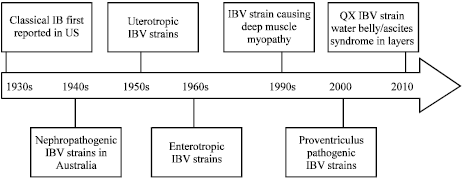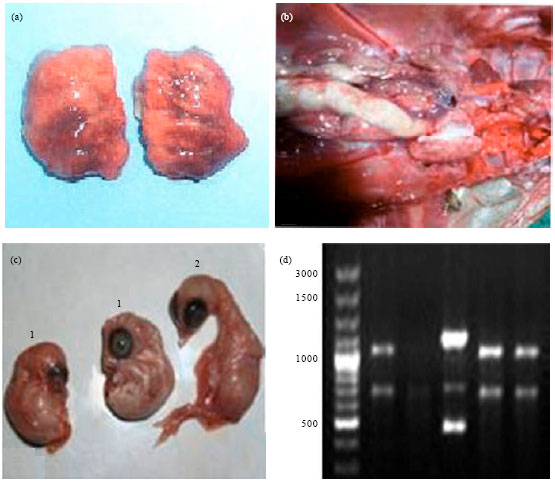Review Article
Emergence of Avian Infectious Bronchitis Virus and its Variants Need Better Diagnosis, Prevention and Control Strategies: A Global Perspective
Avian Diseases Section, Division of Pathology, Indian Veterinary Research Institute, Izatnagar, 243122, Bareilly, Uttar Pradesh, India
Shambhu Dayal Singh
Avian Diseases Section, Division of Pathology, Indian Veterinary Research Institute, Izatnagar, 243122, Bareilly, Uttar Pradesh, India
Rajamani Barathidasan
Avian Diseases Section, Division of Pathology, Indian Veterinary Research Institute, Izatnagar, 243122, Bareilly, Uttar Pradesh, India
P.A. Desingu
Avian Diseases Section, Division of Pathology, Indian Veterinary Research Institute, Izatnagar, 243122, Bareilly, Uttar Pradesh, India
Sandip Chakraborty
Department of Animal Resource Development, Pt. Nehru Complex, Agartala, 799001, Tripura, India
Ruchi Tiwari
Department of Veterinary Microbiology and Immunology, Uttar Pradesh Pandit Deen Dayal Upadhayay Pashu Chikitsa Vigyan Vishwavidhyalaya Evam Go-Anusandhan Sansthan (DUVASU), 281001, Mathura, Uttar Pradesh, India
M. Asok Kumar
Avian Diseases Section, Division of Pathology, Indian Veterinary Research Institute, Izatnagar, 243122, Bareilly, Uttar Pradesh, India











